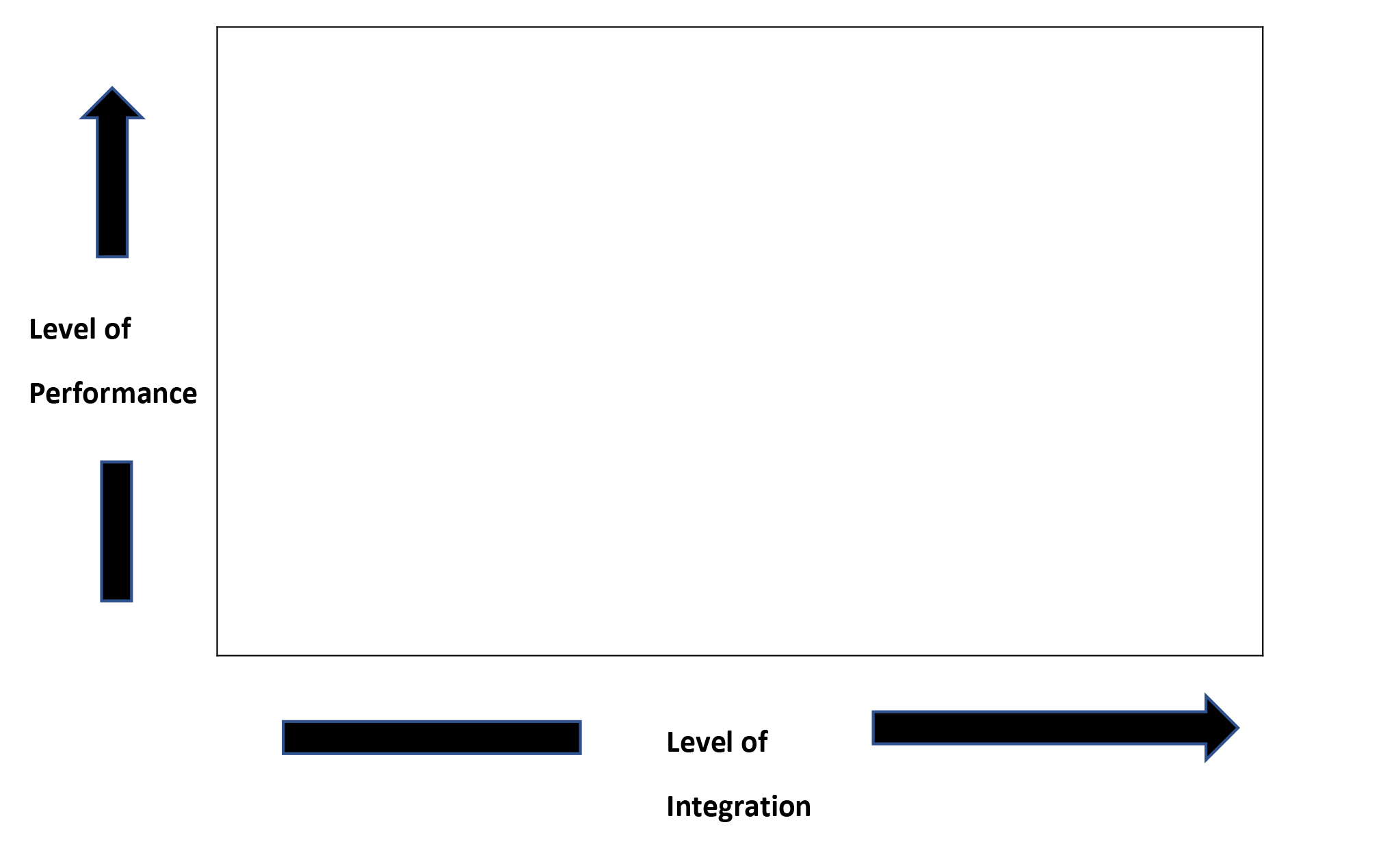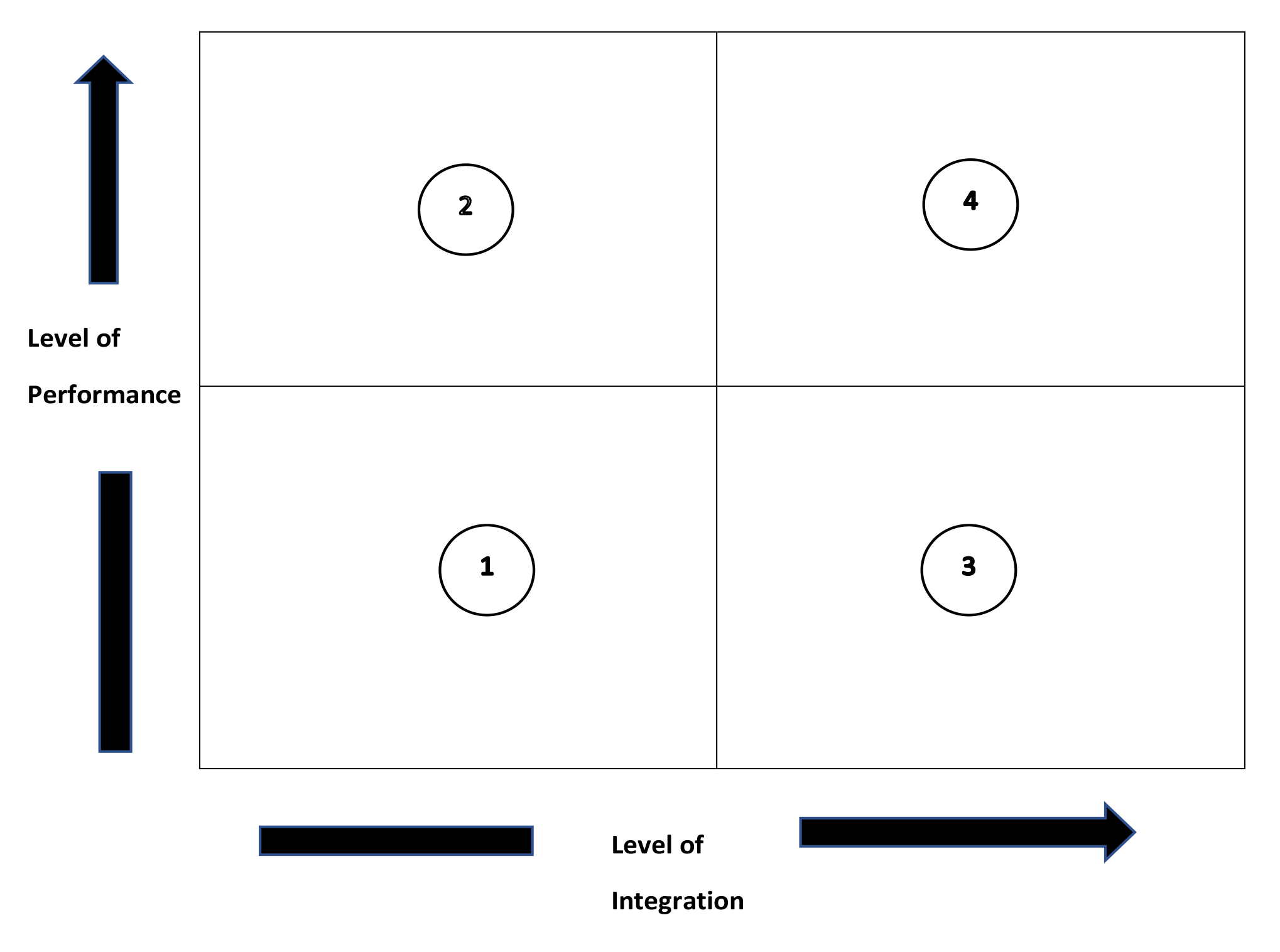Why Partner Integration Should Be On Your Agenda

Partner integration signifies that partners are working, both individually and as a group, in a manner that optimizes firm performance and is in consonance with their expectations.
Firm management is customarily occupied with monitoring the project pipeline, the productivity of professionals, client satisfaction, hiring the best professionals and winning and managing work. These are considered key contributors to a firm’s performance and success. However, partner integration can be an element of even greater significance to a firm’s performance and cannot be neglected or taken for granted.
Any sub-optimal performance at the partner level can have a multiple effect on the performance of the firm. This is because partners inevitably assume some management responsibility, whether managing a practice area, overseeing a group of professionals, handling certain client relationships or developing services and new business.
Partners consider themselves “owners” in the firm and, at a minimum, feel they should have some influence on how the firm is governed and managed. To the extent that is not achieved it can lead to dissatisfaction, a lack of motivation and even disruption, resulting in a significant, and often costly, distraction for firm management.
Do any of the following symptoms of a lack of integration sound familiar to you?
- complaints that a certain partner is not assuming his/her responsibilities or is not contributing sufficiently
- partners whose shortcomings (e.g. poor relationships with subordinates or lack of collaboration) are overlooked because they have good financials
- partners whose contributions are overlooked because their current financials are poor
- practice groups or business units operating autonomously and, perhaps, with distinct and even incompatible approaches
- lack of trust among partners reducing cooperation
- communication gaps between firm management and the partners at large, causing misunderstandings
- dissatisfaction with the fairness of the partner compensation system
- no effective performance evaluation process for partners (including feedback) leading to accommodations and misalignment
- partner promotion and advancement based on longevity rather than performance
- partner concerns as to lack of participation in decision-making
- controversial partner meetings without resolutions (disagreements allowed to fester)
Some of these situations may be overt (i.e. self-evident) while others may be covert (i.e. they exist but are not perceptible without specific questioning or analysis). All of them are examples of potential deficiencies in partner integration.
Where is your firm on the performance/integration map shown below?

Clearly performance and integration do not have unique definitions. They are a function of the values and objectives of a firm. Their measurement is dependent on an evaluation of a series of characteristics, many of which are qualitative rather than quantitative.
For example, performance may not be based purely on revenue growth or levels of profit but also on levels of client satisfaction, growth in certain service areas or practices and retention rates of professionals and/or clients. Similarly, integration may include evaluation of such elements as time spent on partner issues, level of partner satisfaction, client feedback, level of cross-selling and partner turnover.
Can you plot your firm’s position based on your interpretation of the level of performance and integration? Experiment doing this before reading on.
Let us now analyze the potential (common?) characteristics of firms in each quadrant of the map as indicated below.

Quadrant 1 LOWER PERFORMANCE/LOWER INTEGRATION
- Start-ups
- Group of disconnected partners
- Lack of management
- Unsuccessful merger (lack of trust/inability to change)
Risk: disruption, loss of partners/associates
Opportunity: improve financial returns, motivation and lifestyle
Quadrant 2 HIGHER PERFORMANCE/LOWER INTEGRATION
- Star individuals/practices run separately
- Group of autonomous units – perform well individually but focused on own P&L
- Lack of governance
Risk: loss of stars and/or practices
Opportunity: collaboration/synergies/cross-selling/joint client development
Quadrant 3 LOWER PERFORMANCE/HIGHER INTEGRATION
- Too nice – lots of “sticking together” but lack of drive/management discipline
- Tolerate non-performance
Risk: retention of performing partners, lack competitive advantage, lack of growth and retention of professionals
Opportunity: high growth opportunity and competitiveness
Quadrant 4 HIGHER PERFORMANCE/HIGHER INTEGRATION
- Uniform practices and strong financials across the board
- Smooth working relationships and stable governance structure
- Healthy interactions and high degree of trust
Risk: low risk of partner issues or defection
Opportunity: focus on growth and development and market leadership.
Clearly Quadrant 4 is the place to be by maximizing opportunities and minimizing risks. There is no perfect firm and there is no such thing as zero risk, but moving toward the top right corner of the map should be on any firm’s agenda.
That move would consist of making adjustments to the firm’s structure, policies and procedures, its mode of management and partner expectations. These may be included in a Partner Integration Program (“PIP”) that could then evolve into an on-going process as the subject matter is fluid and requires monitoring.
A PIP may address the following, amongst other needs:
- Promotion – promoting the right people facilitates integration and avoids costly mistakes. Promotion based only on the need to retain expertise and certain competencies may not be appropriate and alternative career paths are an option.
- Training and orientation – alignment to strategy, provision of skills to progress and motivation to grow
- Partner performance expectations, measurement and feedback
An effective partnership does not mean that all partners need to contribute in the same way but rather that the individual strengths of a diverse set of partners are used to maximize the strength of the partnership as a whole.
- Partner compensation – a system that recognizes the relative contributions of partners and is seen to be fair
- Adequate governance structure, leadership and communication channels
- Strong cultural glue
- Incentives for collaboration
A PIP will consist of the following phases:
- Define the components of partner integration to be measured
- Develop a plan to collect data and information for measurement
Remember that certain situations may be covert and therefore, to be complete, any diagnosis should include some form of consultation with the partners themselves (interviews, surveys, etc.). Such consultations should be conducted by persons independent of management so as to avoid conflicts and not constrain responses.
- Perform an evaluation of current status for each component
- Summarize findings and recommended actions for improvement
- Discussion and approval of action plan for implementation
Given that recommended actions will likely have a significant impact on partners’ roles and involvement with the firm, it is considered imperative that partners be consulted before any actions are approved.
I would be delighted to explore further the idea of implementing a Partner Integration Program, (PIP) should it be of interest to you.




